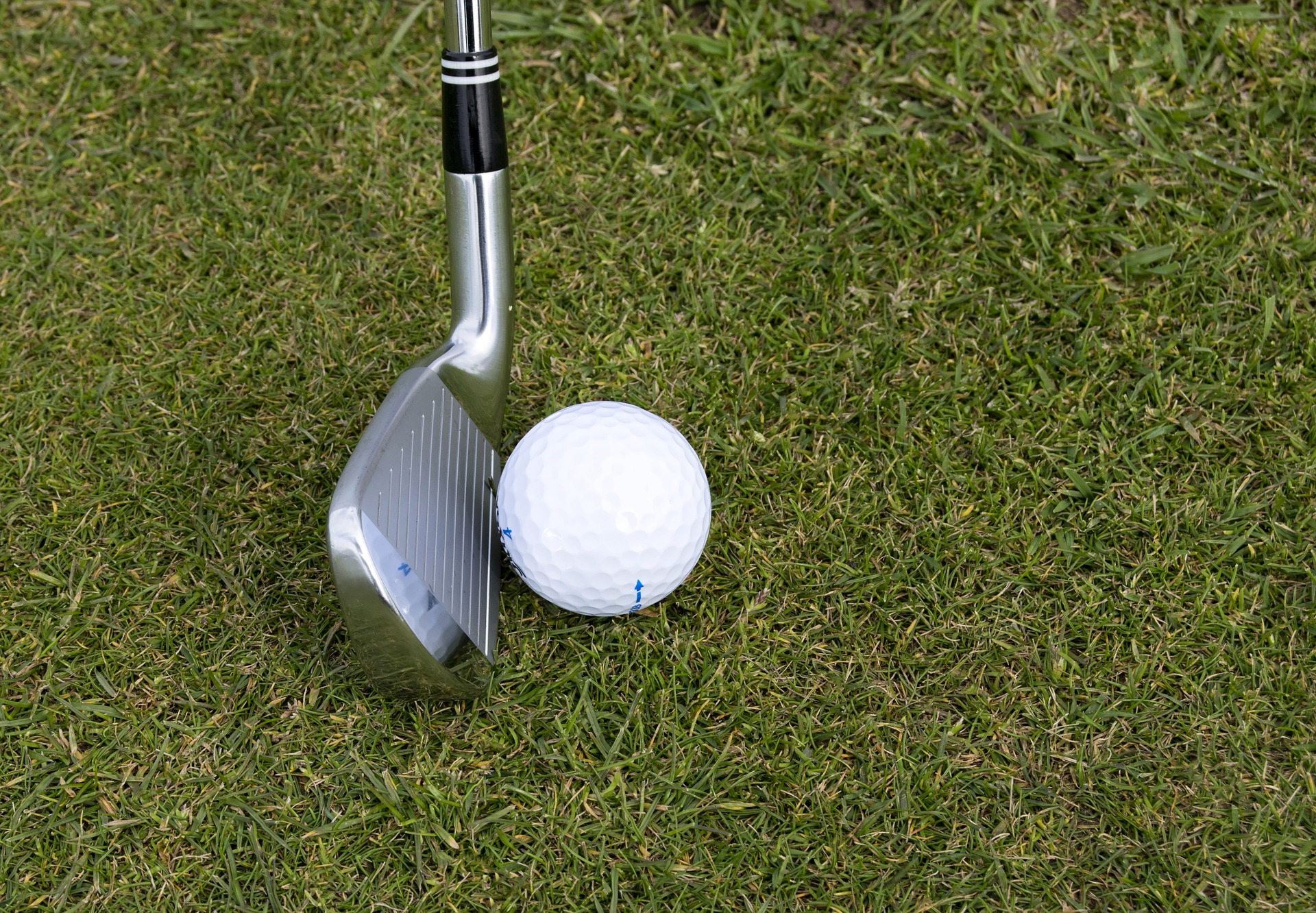The definition of feel as it is used in golf remains elusive. Its dictionary definition is “to experience by sensation, most commonly touch”. This definition is incomplete in golf as words like no, none, good, bad, little, are used to express the quality of the experience. We found no recorded means to quantitate feel. The following definition and measurement method emerged during our laboratory testing.
Feel is an expression used in golf to reflect the experience the golfer has during the execution of a shot which may be measured in the time interval following impact necessary for the golfer to verbally accurately predict the quality of the shot. The measurement may also be made by seeing how far the ball traveled after impact before the golfer could articulate the accurate determination.
Notice the phrase, “verbally accurately predict”. During the exercise, the golfer must commit as soon as possible and out loud with the words, good or bad. This requirement restricts the golfer from guessing, hedging bets, or fooling themselves. Also notice that it is the prediction of the quality of the shot, not necessarily the outcome, although in general, quality putts will often go in the hole.
There are various components to feel. The club design and construction contribute to feel. Various clubs produce different levels of feel. The club design and materials contribute to feel. Every part of the club contributes to the transmission of sensations to the golfer’s ears or hands; the head, hosel, shaft, and grip.
Golfers vary in their psychomotor skills; hearing, proprioception*, spatial relationships, and motor function. Golfers differ in their decision-making abilities. The golfer’s proprioception determines where the path of the club is during the swing. The golfer appreciates the clubhead path. The golfer hears the impact of the putter on the ball. The peripheral nervous system transmits the biofeedback to the golfer’s brain for processing where a decision is made concerning the quality of the shot. The golfer then must commit to verbalizing their determination. That is a lot happening in a short period of time.
Repeating this demanding exercise will improve the golfer’s putting. The exercise removes the hypothetical. The requirement demands that the golfer appreciate every nuance of their stroke. It also creates the pressure of time and accurate prediction which simulates the competitive experience. The golfer will learn like Pavlov’s dog experiment, good from the bad. The golfer will then learn to repeat the psychomotor functions necessary for consistently good putting.
The best feel comes from the optimal club design and manufacture as well as the development of the golfer’s psychomotor skills. At Prescription Putting, we do not sell just clubs because as important as they are, “golf clubs do not play golf.” We sell putting: the latest club technology and psychomotor skills.
*pro-pri-o-cep-tion (PROH-pree-o-SEP-shən) n. The unconscious perception of movement and spatial orientation arising from stimuli within the body itself
by Lanny Johnson
HE WROTE THE BOOK ON ARTHROSCOPIC SURGERY AND NOW IS WRITING THE BOOK ON PUTTING.
Prescription Putting was founded by Lanny L. Johnson, M.D. Dr. Johnson is an internationally recognized orthopedic surgeon, one of the pioneers in arthroscopic surgery. He is an inventor, holding over 40 U.S. and foreign patents related to surgery. The most notable was the co-invention of the motorized instrumentation used daily worldwide, even now, more than 30 years later. The longevity of this invention is unprecedented in surgery.


Comment here